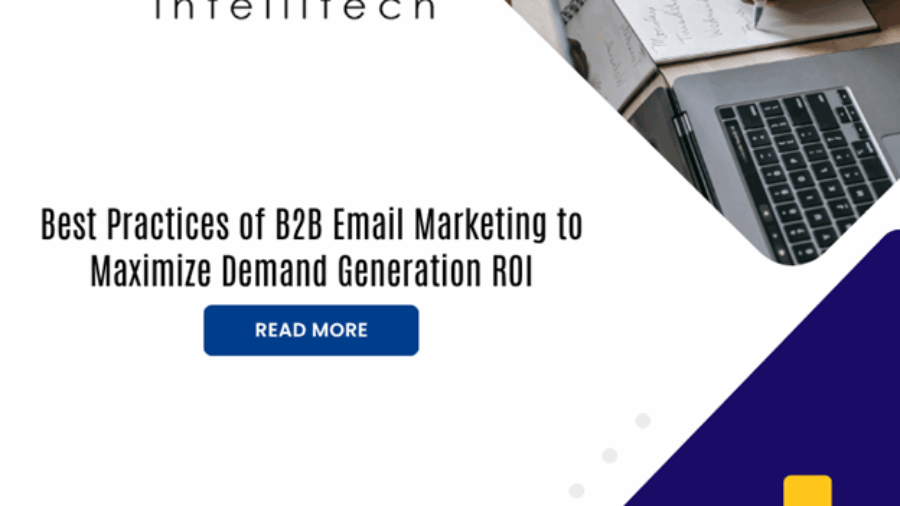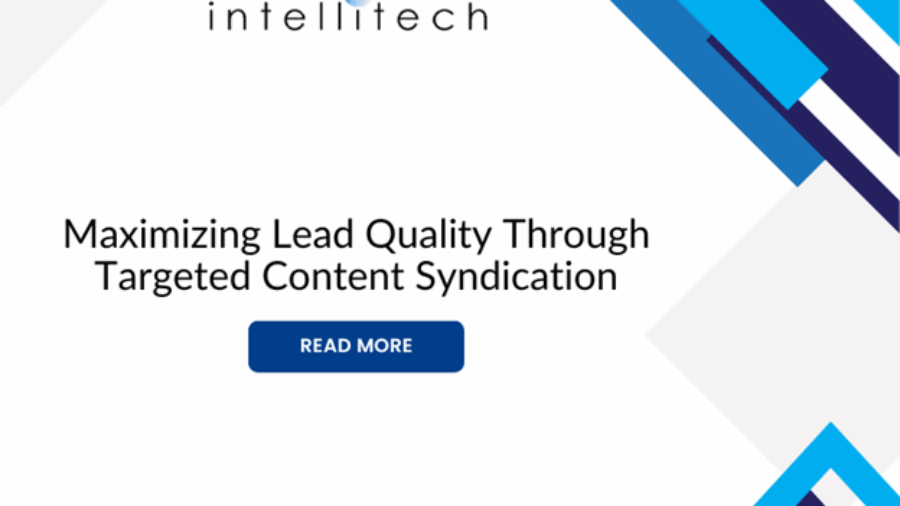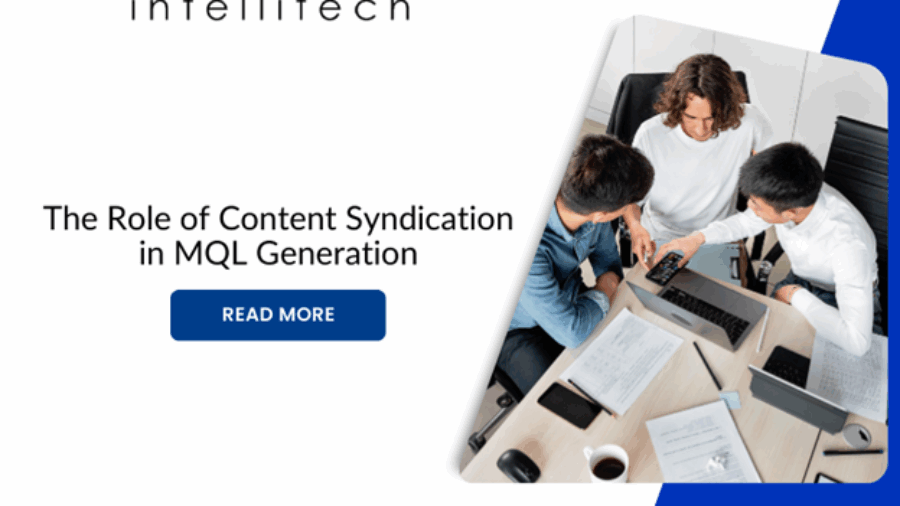In the fast-paced world of B2B marketing, email remains one of the most powerful and cost-effective channels for generating demand and driving ROI. But with crowded inboxes and evolving buyer expectations, simply sending emails isn’t enough. To truly maximize your demand generation efforts, B2B email marketing must be strategic, data-driven, and personalized. This blog explores key best practices that can help you refine your email marketing approach and boost your return on investment.
Segment Your Audience for Personalization
One-size-fits-all emails rarely deliver results in B2B marketing. Segmentation enables you to tailor content based on industry, job role, company size, buying stage, or behavior. By grouping your audience into specific segments, you can craft more relevant and engaging messages that address their unique pain points and interests. This increases open rates, click-through rates, and ultimately, conversion rates.
Create Value-Driven, Actionable Content
B2B buyers are looking for solutions, not sales pitches. Your emails should offer value in every message—whether it’s a whitepaper, case study, webinar invite, or industry insights. Focus on solving problems, educating your audience, and demonstrating thought leadership. Clear, actionable CTAs (calls to action) guide readers to the next step in their journey, helping you move them down the funnel more efficiently.
Optimize for Deliverability
No matter how compelling your content is, it won’t matter if your emails aren’t getting delivered or are difficult to read on mobile. Follow best practices for email deliverability—such as using verified sender domains, avoiding spammy language, and maintaining clean mailing lists. Additionally, ensure your emails are mobile-responsive, with scannable layouts and concise messaging that works well across devices.
Conclusion
Maximizing ROI from B2B email marketing requires more than just pressing send—it demands thoughtful segmentation, valuable content, technical optimization, and continuous performance analysis. By applying these best practices, businesses can build trust, nurture high-quality leads, and drive consistent results in their demand generation efforts. Email isn’t going away anytime soon—make sure you’re using it to its fullest potential.










